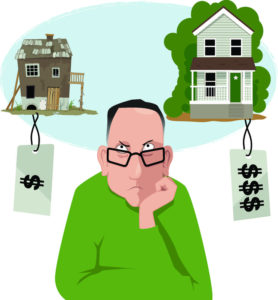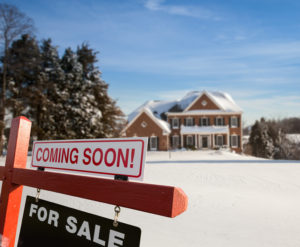- DIY Home Improvements – while they may save you money, if not done professionally, it will be obvious to a prospective buyer, which might cost you in property value more than you invested in improvements.
- Garage Conversion – When it comes to home buying, buyers care about their garage space and size. Cutting into that with a garage conversion that might not match the rest of the house might be something to consider before taking the plunge.
- Solar Panels – If you decide to lease solar panels instead of buying, keep in mind, that future home buyers might not want to take on that responsibility.
- Quirky Wallpaper – it may look cute, and you might think it adds character but with quirky wallpaper, the odds of others not holding them as fondly as you do are very high. Consider investing in temporary wallpaper instead and removing it before selling if you have your heart set on it.
- Custom Luxury Upgrades– They may be just perfect for you, but that’s just the thing, they probably won’t be for others, and the more custom you go, the likelihood the cost will go up for replacing the upgrades. Make sure you think through these decisions.
- Wine Cellars– With so maybe individuals who don’t drink, or hate wine, or are simply committed beer drinkers, wine cellars take up a lot of square footage. They are expensive and difficult to renovate into a different space.
- Remodeled basements and attics –If you are looking to add on a bedroom, using this space, there is a lot to factor in. There are ceiling height, closet, and emergency exit requirements that can end up racking up quite a cost so if you are thinking of doing this make sure you do your research and the math beforehand.
- An oversized home addition –If you expand the home too far, it will start to look unplanned and not give the added appeal you may be thinking it will have.
- New windows – If these are old windows we’re talking about, then they may add to your property value, but you need to check your local market to see if houses with new windows are going off the market faster than ones that haven’t made the upgrade, especially with windows being such a large investment.
- Swimming pools – Swimming pools often scare aware new family buyers who have little ones around to worry about, while they may seem fun, keep in mind your target buyer before installing.
- Lavish lighting fixtures– These can go wrong in so many ways, they can go out of style fast, dates themselves and your home, and aggressively tell other people your style and how much it’s not theirs.
- Too much wallpaper – Once again, it’s hard to envision a space of your own, in a room with a distinct look because of the wallpaper. Solid color walls give homebuyers more room for imagination.
- Textures on the wall and ceiling– Textured walls can go in and out of style, people who want this in their home will make the investment to do it themselves but for others who don’t want them, they may be discouraged by the mess of having them removed.
- Overbuilding for the neighborhood – A house that doesn’t match the neighborhood, can stand out and make people feel it’s out of place.
- Inconsistent high-end upgrades – This creates more work for the buyers to make the home more cohesive and it can sometimes give the impression that your home upgrades weren’t thought out.
- Invisible improvements– If it’s not something you need to be done and not something homebuyers would see or ask about, it likely will be a good deed unrecognized, save your wallet the stress.
- Quirky tiling – It is pretty hard to work with tiling if it is already setting the tone of the room all on its own. Try picking tiling that can mess well with many different design tastes, homebuyers often are interested in ripping up and replacing tile right after purchase.
- Too much carpeting– Carpet can age fast, wear down and get messy. It may make sense in some rooms like the bedroom but with the market changing, committing to most of the rooms with carpet is a big no-no, especially in the bathroom!
- Bright or bold paint colors – If new buyers cannot imagine themselves in your home because you have left so many traces of your design style that they might not agree with, they are going to be less likely to see it as their dream home.
- Large Gardens – Gardens are amazing, but depending on the property price range, large gardens can be expensive and time-consuming to maintain, and not easy to get rid of if the new owners don’t share your green thumb.
This is not to suggest that you shouldn’t make your home as unique as you want it, but if you are considering selling in the not so far future, or are already on your way to listing, staying away from these items or self-correcting might pay off.





